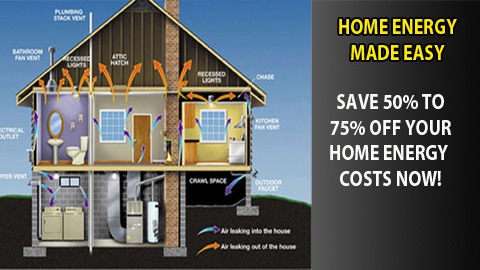
“Once you got a solar panel on a roof, energy is free. Once we convert our entire electricity grid to green and renewable energy, cost of living goes down. ”
Elizabeth May.

Off Grid Electricity Systems: Top 6 Solutions
Off-grid electricity is the use of renewable energy to generate electricity without the benefit of utilities such as the electrical grid. Solar, wind, and micro-hydro are the three primary techniques of producing off-grid power. In contrast to the alternating current provided by global electrical grids, all three convert their energy source to direct current power.
Direct current electricity is made up of energized electrons that provide power in only one constant direction. The electrons' direction is constantly switched in alternating current. This changeover occurs 60 times every second in the United States.
Off Grid Electricity Options
As mentioned, there are three primary off grid electricity options: solar wind, and micro-hydro. Let’s discuss each one including the pros and cons of the off grid electricity systems.
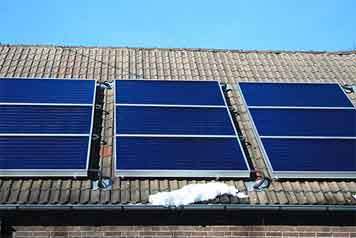
Top 6 Off Grid Electricity Solutions
Following are some of the available off grid electricity options you can consider for your home:
1. Residential Solar Panels
Every ray of sunlight that falls on your roof equates to free electricity. To capture it, all you need is a solar panel. And, because of the tax credit, many homeowners are getting in on the act.
Only professionals should install solar panels, and many installers will conduct a no-obligation survey of your home to determine the best installation sites and provide an estimate.
Some homeowners may even be able to install solar shingles, which provide a more streamlined appearance.
Photovoltaic panels, which convert sunlight to electricity, are used to harness solar energy.
- Pros: Solar energy is the most practicable of the three primary sources of off-grid energy because it requires the fewest particular conditions to function. All you need is an area that is moderately sunny. Most places on the planet qualify.
- Cons: Due to the expensive cost of equipment, solar gives the least electrical bang for your money (setup cost/kilowatt hour of production). It's also a sporadic source of energy. When cloudy days and nights are included in, your system will use the sun's energy for less than half of the time. This necessitates the use of a backup generator and battery bank.

Wind Turbines
To generate enough green energy for your home, you don't need the massive turbines seen on wind farms. A propeller as little as a garbage can lid can significantly reduce your home's energy expenditures if put in sufficiently windy location.
Professional installation is essential in this case, both to assure the turbine's safety and to position it where the wind would reach it. And, as with solar panels, when you generate electricity from wind turbines, you must use it or lose it.
Using a turbine and generator, wind energy converts the movement of air into electricity. Wind drives the turbine's blades, causing the internal generator to spin and produce electricity, which is then delivered into the energy-demanding system.
- Pros: Wind power has lower setup costs than solar, putting it right at the center of the pack in terms of initial investment.
- Cons: Many locations aren't windy enough to allow the system to function properly. Turbulence, commonly known as "dirty wind," is an issue. Even if your area is quite windy, it will not help if the wind drifts wildly rather than blowing in a consistent direction. Wind turbines require a vast amount of open space to function effectively. Wind energy, like solar energy, is not constant.
Micro-Hydro Energy
Micro-hydro energy functions similarly to wind energy in that it uses naturally existing motion to spin a turbine, converting movement into power. The flow of water is the motion in this situation.
- Pros: Micro-hydro generates the highest amount of electricity per monetary investment. It is also a continual energy source, as long as there is a source of water.
- Cons: The main drawback is the scarcity of viable locations. Only a few areas on the planet have enough water volume and "head" (the distance the water lowers vertically over a given horizontal distance) to supply a considerable amount of energy.
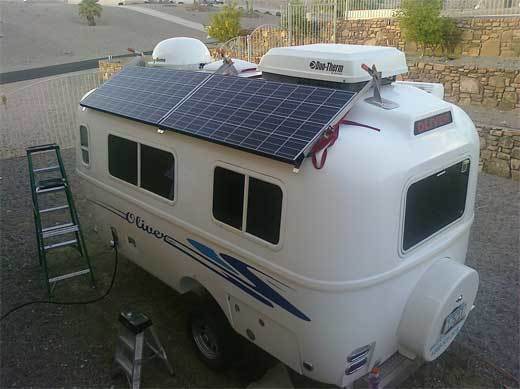
Off Grid Electricity DIY
A small-scale wind turbine is the simplest way to create your own electricity. A typical installation is positioning the system in a windy area, which, under the correct conditions, is more than capable of generating electricity for lights and other electrical purposes.
Wind turbines use enormous blades to capture wind flow. When the wind blows, the blades begin to rotate, causing a turbine to produce an electric current. As a result, the stronger the wind, the more electricity is generated.
Domestic wind turbines are offered in two varieties:
- Pole-Mounted: The most prevalent free-standing version, with sizes ranging from 5 to 6 kW, it is installed in places with high crosswinds.
- Building-Mounted: Building-mounted systems are a smaller variant of pole-mounted systems that are frequently installed on rooftops where there is a lot of wind. These are typically approximately 1kW or 2kW in size.
Solar Water Heaters
A solar water heater is a less expensive solution to capture some free energy if a full solar panel system is out of your price range but you still have some sunny real estate on your roof. Most solar water heaters store the tank on the roof as part of the installation, giving it a larger appearance. However, it allows the sun to perform the work of running one of your home's largest energy hogs.
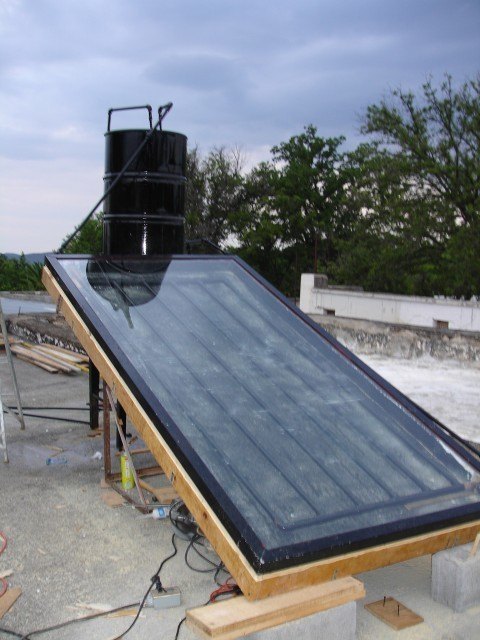
Geothermal Heat Pumps
Temperatures underground are far more constant than temperatures in our homes, and a geothermal heat pump can get some of the buried warmth during the winter. A closed loop of pipes is used in these systems to pump fluid through an underground conduit, into your home, and back again. A heat exchanger inside takes warmth from the pipes to heat living spaces while using minimal electricity.
Off Grid Electricity Storage
With sufficient off grid electricity storage, you can achieve complete energy independence. Keep the electricity generated by your solar panels instead of sending it back to the grid. Keep it in your home battery, and discharge it when your main power generation fades.
This is what true energy security and independence entail. Home batteries are the only option to go off-grid without drastically altering your lifestyle.
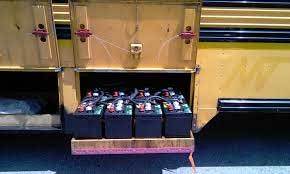
Conclusion
Thus, by knowing a few facts about off grid electricity systems and off grid energy options you can easily decide which energy system is right for you.

Solar Hot Water Collector: The Best Guide to Building and Installing a Solar Hot Water System
Hello there, fellow solar enthusiasts! It’s great to be talking with you

Hybrid Solar Wind Power Generation System: Best Comprehensive Guide to Building Your Own Renewable Energy Solution
Hello there! If you are looking for an alternative energy source that

Solar Heating System: Best Comprehensive Guide to Building and Installing a Solar Heating System
As a solar heating system expert, I have seen firsthand how this

Solar Cooling: How to Keep Your Home Cool with Solar Energy?
Hey there, folks! As a solar cooling consultant with years of experience

Stand Alone Solar Power System: How to Build an Off-Grid Solar Power System for Your Home?
As the demand for sustainable energy solutions increases, stand alone solar power

Solar Heating Systems: The Different Types and Benefits Of Solar Heating Systems
As a solar heating systems expert, I know that these innovative technologies

